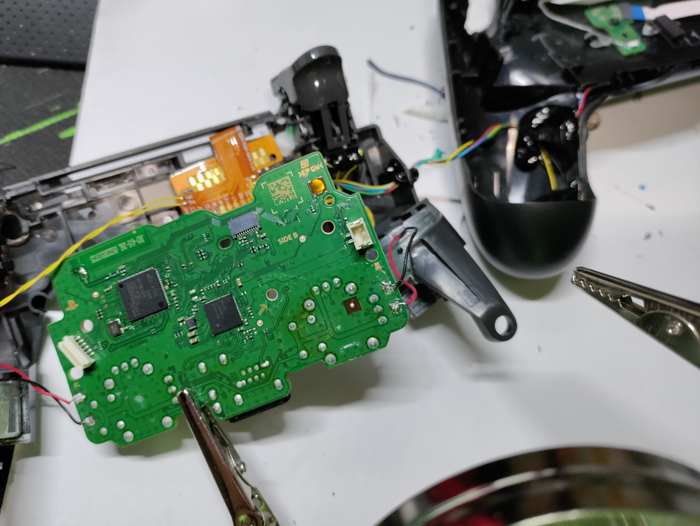Repairing a camera is a great way to destroy a camera. You can really learn a lot when you take something apart, break it, and then salvage the screws from it. Sometimes I actually fix a camera but I always make sure to learn something when I work on one. I am also always impressed with the engineering and manufacturing of cameras when I look inside. These cameras we buy used at garage sales were designed by geniuses.
Tips:
- Do some homework. There are camera repair manuals, streaming videos, and lots of websites that will help you out. Even if you don’t find specifically what you need you will find some lateral information that will help.
- Your first time repairing shouldn’t be on camera you aren’t willing to lose. A lot of things can go wrong, you might not even realize it until later in the project. ]
- Broken cameras are the best learning tool. Broken cameras are (should be) cheap and easy to acquire. Find some SLRs that are obviously unsalvageable and slowly take them apart. I promise you’ll learn something.
- Buy the proper tools. A spanner wrench, proper drivers, alcohol, a lot of q-tips, and tweezers are absolutely essential. Other tools that will come in handy are specialized lubricants, rubber contact lens removers, helicoid grease, soldering iron, multi-meter, lens wipes, and etc.
- Take pictures as you work. Some things are obvious how they go back together but you won’t be able to remember everything. That’s right I don’t think you have total recall.
- A piece of tape folded into a ring with the adhesive side out works well for small screws. Also if you use something like masking tape you easily mark the adhesive side with a Sharpie for notes.
- If your camera requires batteries, try replacing the batteries first. Sometimes people (me) have all their batteries in a container and the used and new get mixed up.
- Get a work mat. A cheap self-healing ESD mat is great to work on, the texture won’t scratch up anything on the camera and tiny parts stay better than if they were on hard wood.
- Good lighting. It matters more the further you get into a lens or body. Tiny nooks and crannies need certain angles to be seen. If you have limited space like I do a head lamp works very well.


Previous Repairs
In the future I will try and take more pictures and details of the break down, build up process.



needed to be thoroughly cleaned out.
Other Repairs
